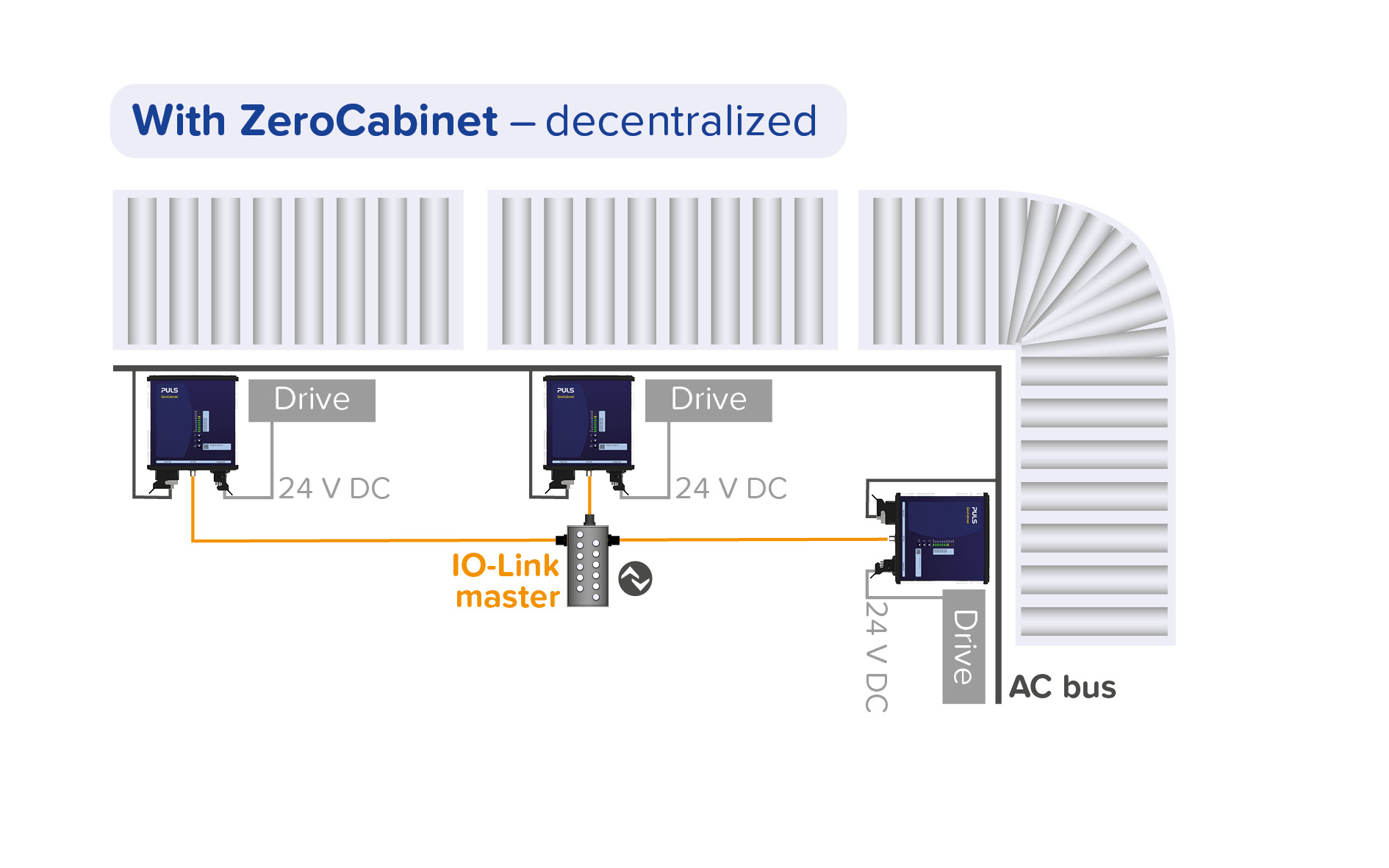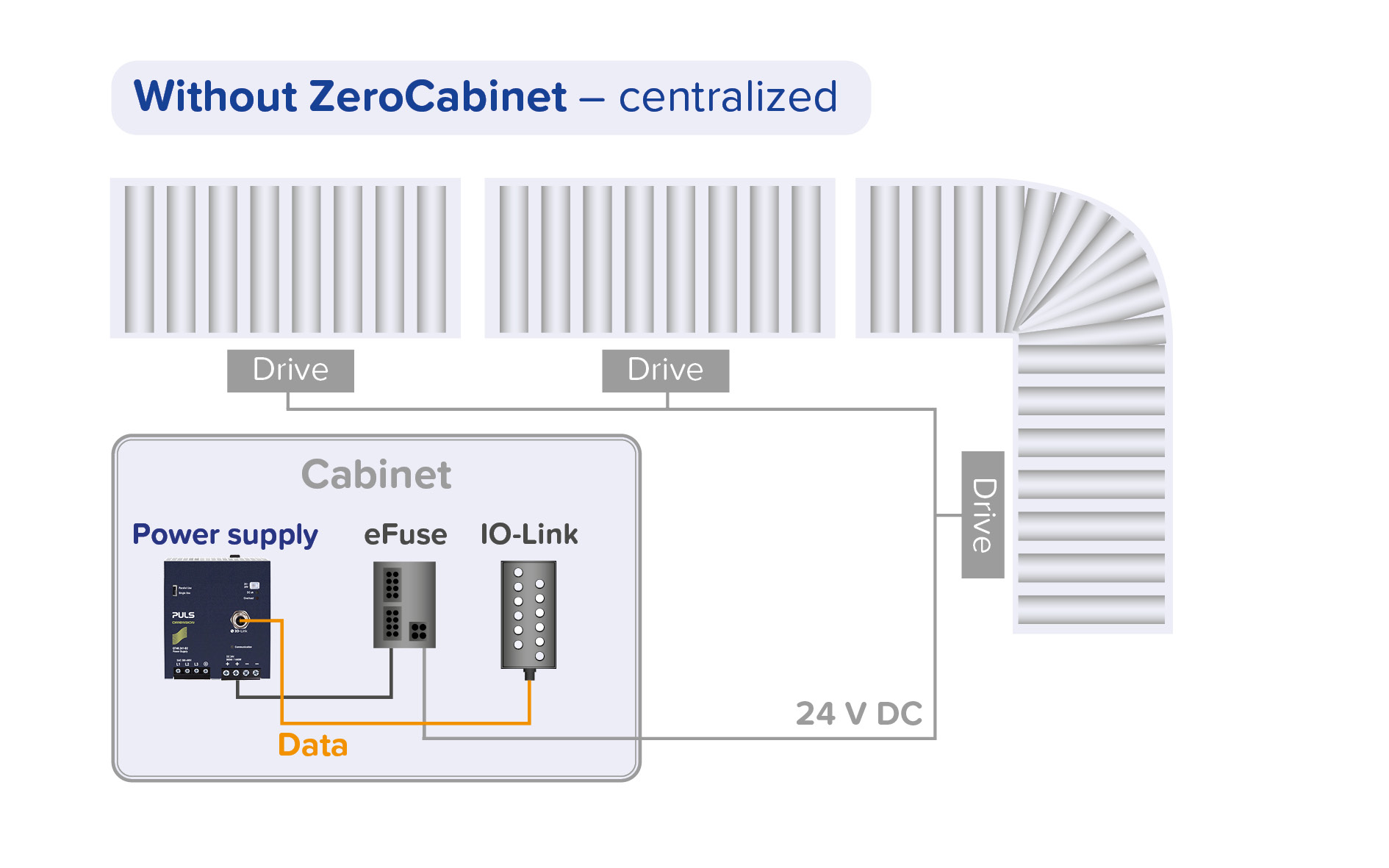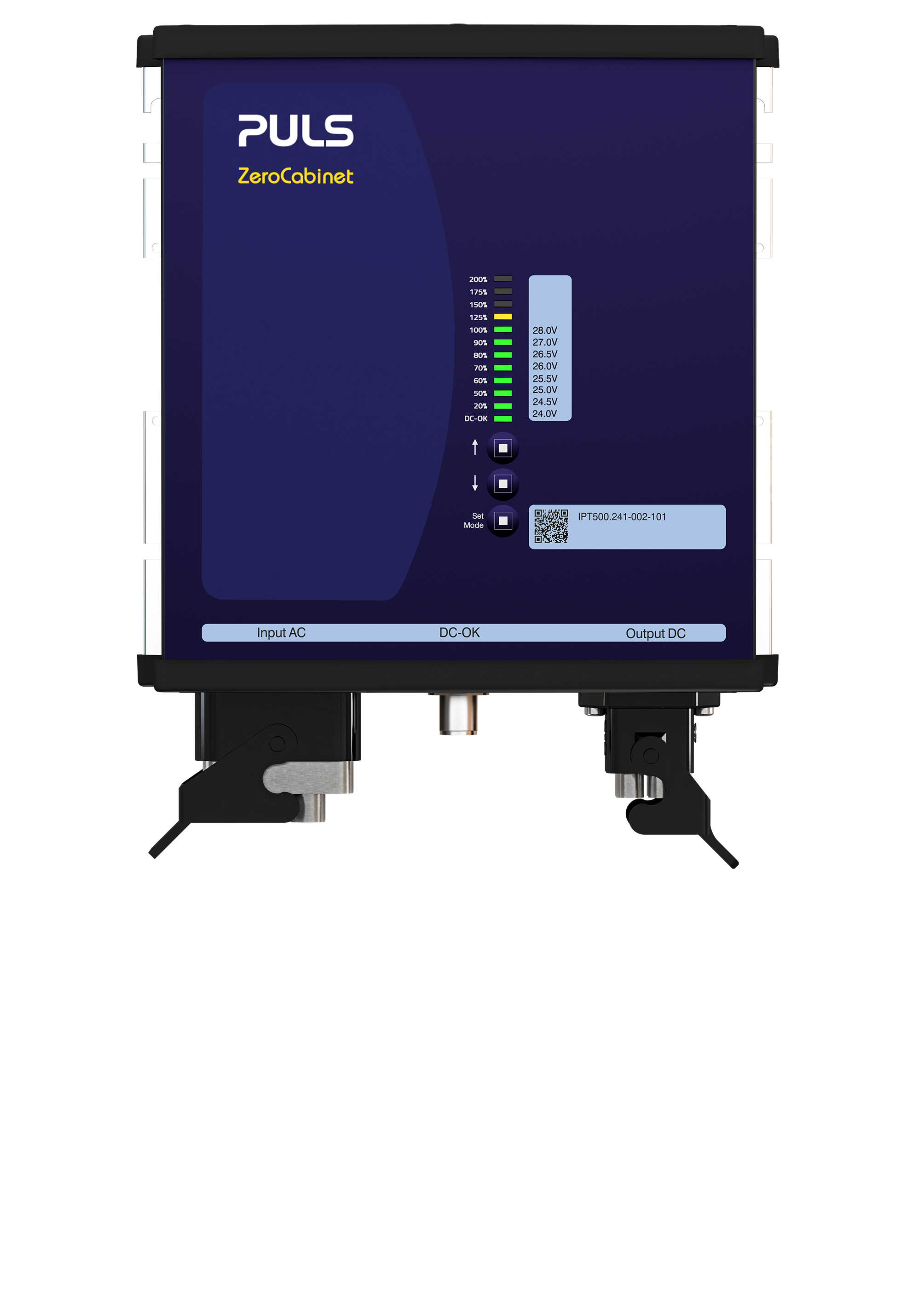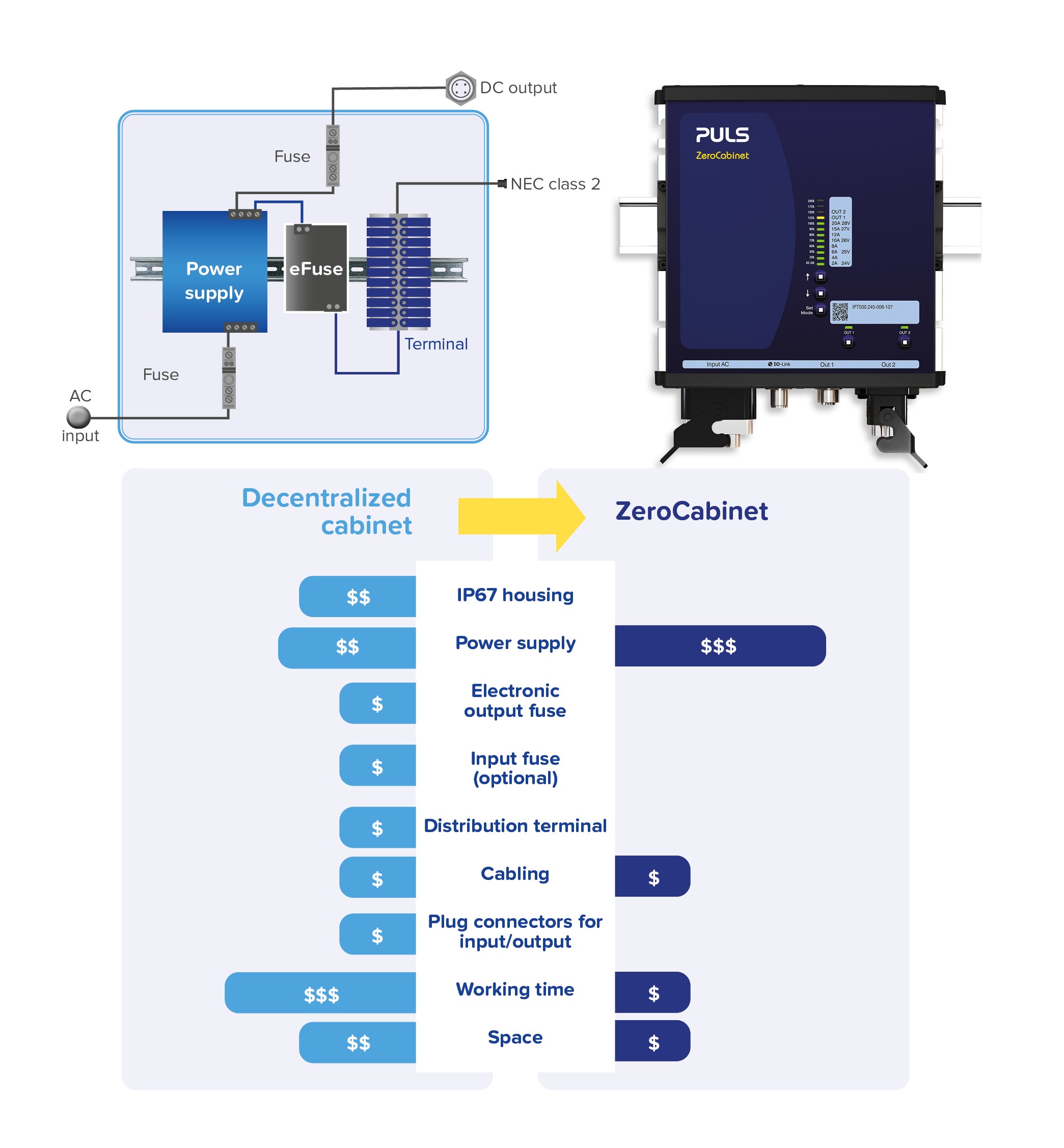A smart initiative seeks to decentralise power
The demand for modular power systems is transforming manufacturing, resulting in decentralisation of system components argues Maximilian Hülsebusch, PULS Power
Increasingly, system components are being relocated directly into the field and are required to be provided with a degree of environmental protection from IP54 to IP67. As a result, central cabinets can be made smaller than ever or else dispensed with entirely.
Bernhard Erdl, CEO, owner and chief developer at PULS identified the evolution of the power supply. “In addition to the essential function of a power converter, there is a growing demand for complete power supply system’s featuring integrated communication, redundancy, and protection functions.
“If we want to be able to meet this demand with standard products, a flexible product platform is needed to form the basis for implementing the various solutions. This platform also has to offer the fundamental qualities of a power supply,” he said.
The company has developed a new genre of decentralised power supply system, ZeroCabinet. The efficient 300 and 500W power supplies are accommodated within a compact housing that offers a high level of IP protection (IP54 to IP67). Various versions are available ex stock, including current-limited outputs for selective current distribution, a variety of plug connectors, IO-Link as a communication interface and efficient decoupling MOSFETs for developing redundant systems.
Decentralised strategies
Products currently available follow three different strategies. Figure 1 shows a power supply inside a central cabinet. The power supply is not included in the decentralisation process. In order to supply power to the remote peripheral devices in the field, long cable harnesses have to be installed using costly large cross-section wire to minimise losses. In addition, the system power supply has to be oversized to compensate for the loss of performance caused by the long cables.
 Figure 1: A typical conveyor belt configuration without decentralisation
Figure 1: A typical conveyor belt configuration without decentralisation
The second option is a power supply in a decentralised on-site cabinet (Figure 2). In this case, the power supply, together with other standard components such as electronic fuses or switches, is taken out of the central cabinet and placed directly onto the machine in smaller, decentralised IP67 cabinets. System builders often handle the planning and assembly of these cabinets themselves.
 Figure 2: A decentralised conveyor belt configuration
Figure 2: A decentralised conveyor belt configuration
A customer-specific, decentralised solution is developed especially for the power supply (Figure 3). The size and mechanics are also specifically tailored to the individual system along with the electrical specifications.
Benefits of decentralisation
The benefits of a decentralised power supply start with the system planning process, which offers greater freedom. There are many applications, such as conveyor belts or production lines that can be supplied with energy much more efficiently and flexibly on a decentralised basis. The power supply no longer has to be oversized, and the individual system parts can be put together on a modular basis, allowing them to be extended, maintained, and converted quickly and effectively. By making the cabinets smaller, or even doing away with them entirely, the space that is gained can also be used to expand added-value system components. The power cable lengths and cross-sections can be reduced, which saves costs.
The cost of implementing a decentralised power supply remains high. Even straightforward, decentralised on-site cabinets, for example, may comprise more than 10 components. All of these must be purchased, stored and combined into a system by a technician.

Figure 3: A Basic ZeroCabinet, without cabling
Developing customer-specific solutions is even more time consuming, expensive, and only worthwhile in larger volumes. Until now, there has not been a decentralised standard power supply that is available to order ex-stock, that is easy to install, and flexible enough to offer a viable alternative in all three of the above scenarios.
Relocation
Relocating the power supply from the control cabinet directly into the field provides an all-in-one power supply system for decentralised systems engineering. It is then possible to use shorter cables and smaller cable cross-sections. This not only saves on the costs of copper, but also on the installation work for the cabling. Local on-board set-up and diagnostics makes system commissioning, troubleshooting and maintenance simpler.
The ZeroCabinet range is based on one-phase and three-phase IP54 to IP67 power supplies with 300W or 500W output power. It also features an IO-Link or output ok signal as a communication interface. There are various versions based on this platform with numerous connector configurations as well as optional safety and redundancy functions (Figure 4).

Figure 4: A customer-specific, decentralised configuration
Devices in the ZeroCabinet product series are classified as Basic and eFused. The devices in the Basic series have a single output, for which the various plug connectors such as M12-L/-T/-A, 7/8 inch, or the HAN-Q series are available. The Basic version is also available with an integrated decoupling MOSFET on the output side and a soft output regulation characteristic. These two functions make the devices particularly useful for assembling reliable redundant systems outside the cabinet and help to increase performance by establishing parallel connections.
The eFused series has up to four internally protected outputs. The built-in current limit means these devices can be used for selective current distribution and protection. The outputs are configured and monitored via IO-Link or via the human machine interface (HMI) on the front panel.










